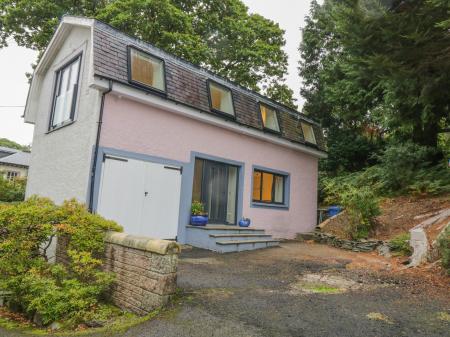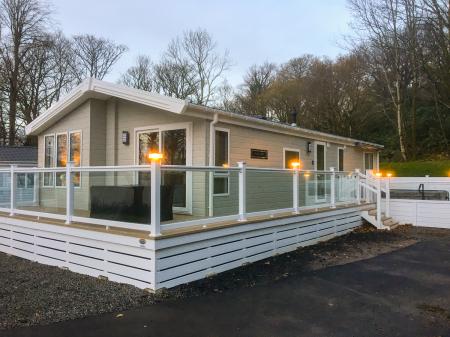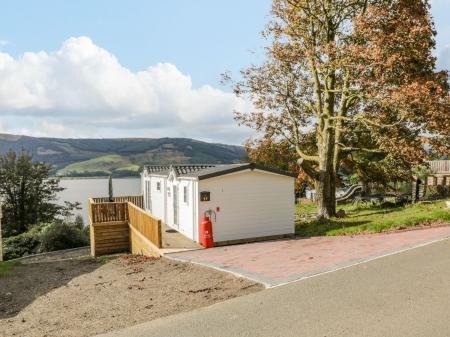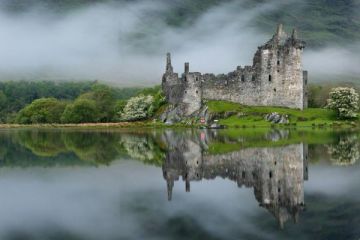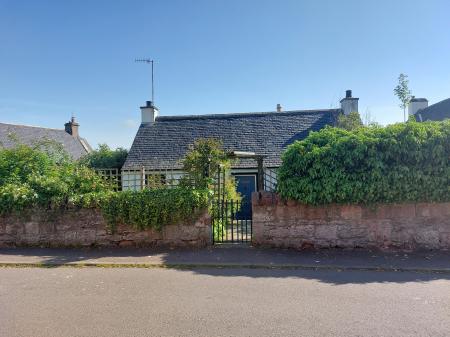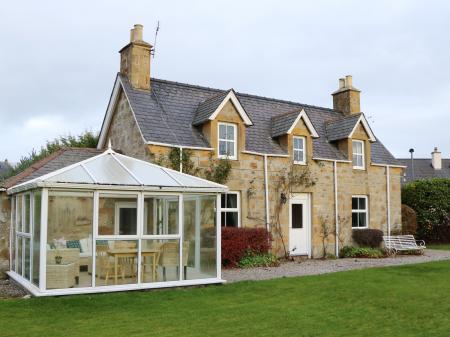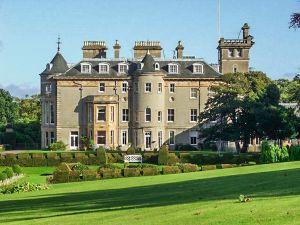
History
There has been a castle at Finlaystone since the late 14th century when Robert II confirmed a grant of the estate to Sir John de Danyelstoun. Sir John's son, Robert, served as the keeper of Dumbarton Castle, but when Sir Robert died in 1399 his estates were divided between his 2 daughters. Finlaystone passed to Margaret, who married Sir William Cunningham in 1405, and Finlaystone was held by the Cunningham family for over 450 years and the house served as the clan seat.The Cunninghams were supporters of the Scottish Reformation and hosted the first Protestant Reformed communion service, led by John Knox in 1556. The service was held outdoors, under a yew tree which can still be seen in the grounds. Curiously, the tree is not in its original position; it was replanted in 1900. A later Cunningham, William, the 9th Earl, befriended poet Robert Burns. Burns dined at Finlaystone and scratched his name on a window pane. He wrote a lament for the Earl when he died in 1791, and named his son after him.
In 1710 the house at Finlaystone was described as 'a noble and great building', but that house is long gone, for in 1746 architect John Douglas was called in to design a new house for the Cunninghams, though it was not actually built until 1764. The new Georgian house incorporated the 15th-century castle.
A later Cunningham was William Cunninghame Graham, more commonly known as 'the swindler', for he was prompted by his stepson to forge bank notes.
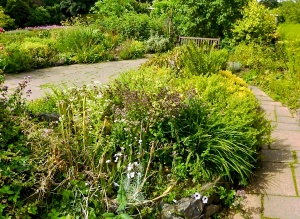
Gardens
Finlaystone House stands in 500 acres of grounds, including large tracts of ancient woodland and mature gardens. There are 140 acres of woodland, estimated to be 300-400 years old. The 10 acres of formal gardens were laid out in 1900, and feature a 'smelly garden' designed for its scent.There is a gently curving herbaceous border, knot garden, bog garden, and a fascinating area of Celtic paving stones creating intricate patterns on the lawns. The gardens feature snowdrops in the woodlands in early spring, and lush displays of azaleas and rhododendrons in summer. Other highlights include luxurious peonies, hydrangeas, and Oriental poppies.
There are wide, sweeping lawns and carefully sculpted hedges, plus a peaceful walled garden. There is also a large heronry and an area of mudflats designated as a Site of Special Scientific Interest (SSSI).
The gardens and estate are open daily throughout the year, and there is a small entrance charge. The house is used for weddings and corporate events, and is not open to visitors.
 We've 'tagged' this attraction information to help you find related historic attractions and learn more about major time periods mentioned.
We've 'tagged' this attraction information to help you find related historic attractions and learn more about major time periods mentioned.